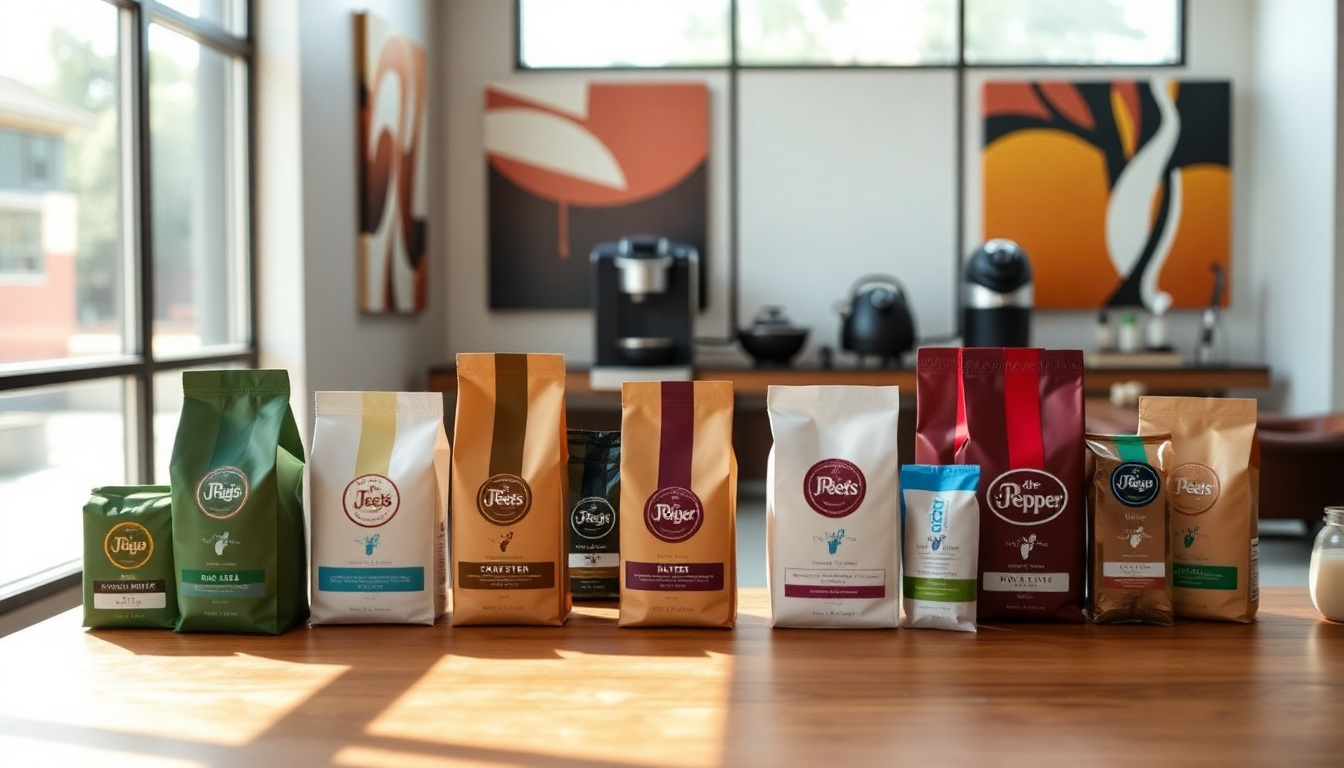Table of Contents
The beverage industry is undergoing a major transformation, and the recent news about Keurig Dr Pepper’s $18 billion acquisition of coffee brand JDE Peet’s might just be the shake-up we didn’t see coming. This bold move unwinds the 2018 merger that initially brought Keurig and Dr Pepper together, paving the way for two separate entities. But what does this mean for the market? The implications stretch far beyond the financial figures, influencing everything from market dynamics to consumer choices. So, what’s really at stake here?
Overview of the Acquisition
Keurig Dr Pepper’s acquisition of JDE Peet’s is a strategic gamble that showcases the company’s confidence in its future. They’re offering a cash payment of around €31.85 (that’s about $37) per share to JDE Peet’s shareholders, representing a hefty 33% premium over recent stock prices. This deal aims to split JDE Peet’s—a company valued at $15 billion and based in Amsterdam—into a focused coffee entity while keeping its popular beverage brands like Dr Pepper, 7UP, and Snapple intact. With coffee bringing in an estimated $16 billion in annual revenue and beverages adding another $11 billion, this split is designed for operational efficiency and a sharper focus on key products.
Tim Cofer, the CEO of Keurig Dr Pepper, believes this is the perfect time for such a transaction. He pointed out that their U.S. beverage sales jumped nearly 11% last quarter, hitting $2.7 billion. This acquisition not only allows for a more specialized approach in the coffee market but also opens the door for cost savings—estimated at around $400 million. Isn’t it fascinating how a single move can create ripples throughout an entire industry?
Market Dynamics and Strategic Implications
The beverage market is currently navigating a tricky landscape, with competition intensifying and costs on the rise—especially in the coffee sector. A severe drought in Brazil, the world’s largest coffee producer, has pushed coffee bean prices up, squeezing profit margins. Cofer noted that while the rains have returned, ongoing tariffs could add more hurdles for coffee producers, potentially affecting their sales and how much consumers are willing to spend amid economic uncertainties.
Yet, despite these challenges, Keurig Dr Pepper’s coffee segment has shown signs of recovery, thanks in part to strategic price increases made earlier this year. The acquisition of JDE Peet’s is expected to broaden Keurig’s geographical reach, allowing it to expand beyond North America into Europe, Latin America, and the Middle East—areas where JDE Peet’s already boasts a solid presence. This expansion is crucial for tapping into new customer bases and boosting growth. How exciting is it to think about the possibilities that come with reaching new markets?
Future Outlook and Industry Trends
Looking ahead, the future seems bright for Keurig Dr Pepper as it positions itself to take advantage of shifting consumer preferences and market trends. By focusing on operational strength and diversifying its product portfolio, the company is likely to see positive developments in the years to come. Cofer emphasized that this deal not only offers an attractive premium for shareholders but also sets the stage for exciting growth opportunities for employees and stakeholders alike.
As the beverage industry continually adapts to new market conditions, strategic acquisitions like this will be crucial in shaping the competitive landscape. With JAB Holding holding significant stakes in both companies, their aligned interests suggest a shared vision for growth and innovation. As we move forward, keeping an eye on how this acquisition affects market dynamics, consumer behavior, and financial performance will be key to understanding the evolving nature of the beverage industry. Are you ready to see how this plays out?


